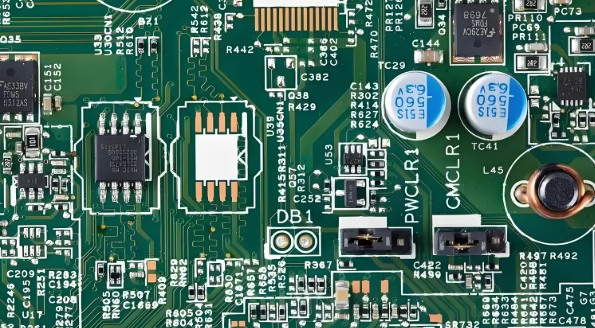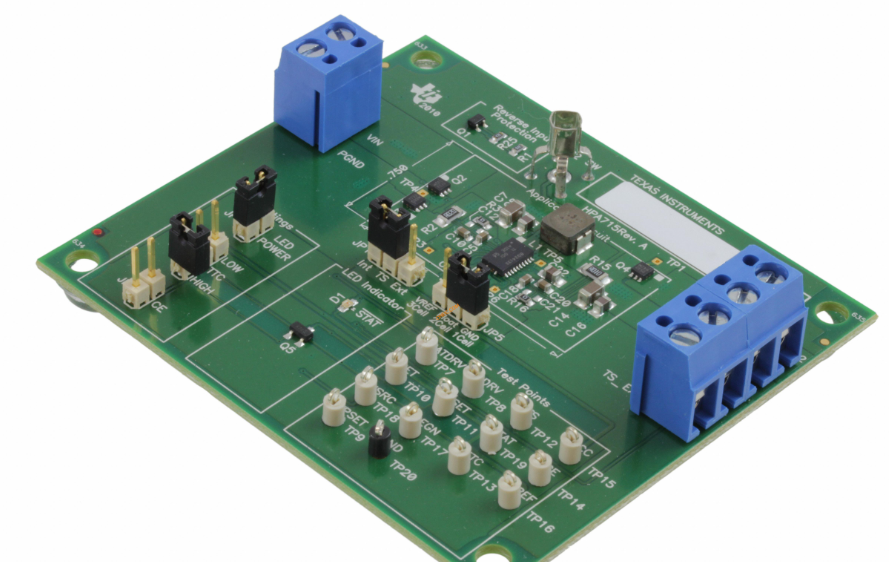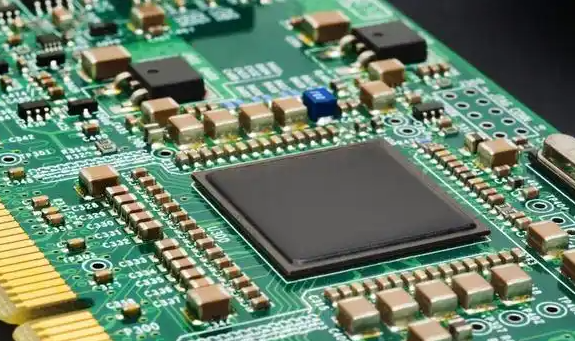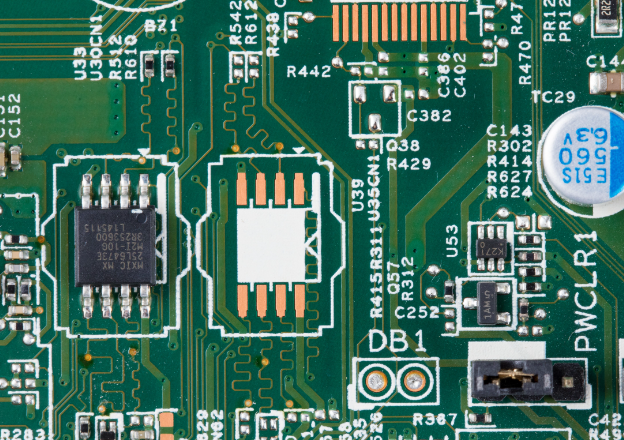Which Books Introduce Electronic Components?
For anyone stepping into the vast and fascinating world of electronics, whether as a hobbyist, a student, or an aspiring engineer, one of the most fundamental questions is: where do I start? Understanding electronic components—the basic building blocks of every circuit—is the essential first step. This knowledge unlocks the ability to read schematics, troubleshoot circuits, and ultimately, bring your own electronic projects to life. While online tutorials and videos are abundant, a well-structured book provides a depth, clarity, and structured learning path that is often unmatched. This article explores some of the most highly regarded books that serve as excellent guides to electronic components, offering a solid foundation for beginners and a valuable reference for seasoned practitioners. We will also highlight how platforms like ICGOODFIND can complement your learning journey by providing real-world component data and sourcing information.

Foundational Guides for Absolute Beginners
For those with little to no prior knowledge, the right book can transform complex topics into engaging and understandable concepts. These foundational guides focus on hands-on learning, clear explanations, and a gradual progression from simple ideas to more complex ones.
-
Make: Electronics by Charles Platt: Often hailed as the perfect first book for electronics newcomers, this guide takes a uniquely practical approach. Its philosophy is “learning by discovery,” which sometimes means deliberately destroying components to understand their limits and behaviors. The book is filled with full-color photographs and illustrations that make following along exceptionally easy. It starts with the absolute basics, like what a circuit is, and introduces components such as resistors, capacitors, transistors, LEDs, and integrated circuits through fun and immediate projects. Platt’s writing is conversational and encouraging, removing the intimidation factor often associated with technical subjects. This book doesn’t just tell you what a component is; it shows you what it does in a memorable way.
-
Getting Started in Electronics by Forrest Mims III: This is a classic that has introduced generations to electronics. Mims’s handwritten style and hand-drawn circuit diagrams give the book a personal, notebook-like feel that many find less daunting than typeset textbooks. It’s organized into a series of short, focused lessons, each explaining a specific component or concept. You’ll find clear explanations of diodes, transistors, sensors, and digital logic gates. Its strength lies in its simplicity and conciseness; it delivers core information without overwhelming jargon. It serves less as a project book and more as a pure reference guide for understanding the function and schematic symbol of virtually every common component.
-
The Arduino Starter Kit Projects Book: For many modern learners, microcontrollers are the gateway to electronics. This book, which accompanies the official Arduino Starter Kit, is an excellent resource. While it teaches programming, its core value for component learning is in how it integrates code with hardware. Each project introduces new components in a practical context—you learn about potentiometers, servomotors, piezo buzzers, and various sensors by using them to build interactive devices. This context-driven learning is powerful because it answers the “why” alongside the “what,” showing you exactly how components are used in real-world applications.
Comprehensive Textbooks for Deeper Understanding
Once the basics are grasped, a more rigorous textbook is invaluable for building a deeper, more theoretical understanding of how and why components work. These books are essential for university students and those pursuing a serious career in electronics.
-
The Art of Electronics by Paul Horowitz and Winfield Hill: This is arguably the most revered reference text in the field of electronics. Often called “the bible of electronics,” it is renowned for its intuitive explanations and its focus on the art of designing circuits rather than just the dry theory. While it can be dense for absolute beginners, it becomes an indispensable resource once you have a footing. Its chapters on specific components go into great detail about their physics, operational characteristics, and practical nuances in circuit design. It provides unparalleled insights into components like operational amplifiers (op-amps), field-effect transistors (FETs), and data converters. It’s the book you will keep on your bench for your entire career.
-
Practical Electronics for Inventors by Paul Scherz and Simon Monk: This book brilliantly bridges the gap between beginner guides and advanced textbooks. It takes the theoretical concepts from physics and electrical engineering and applies them directly to practical circuit design. A significant portion of the book is dedicated to dissecting individual components. It offers detailed explanations alongside practical usage rules and common pitfalls. The sections on diodes, thyristors, voltage regulators, and transformers are particularly strong. It also includes invaluable reference tables and charts that designers use regularly. This book is perfect for the maker or inventor who has outgrown beginner kits and wants to design their own circuits from scratch.
-
Electronic Devices (Electron Flow Version) by Thomas L. Floyd: A staple in many college-level courses, this textbook provides a very systematic approach to electronic devices (components). Floyd uses a clear, step-by-step presentation that builds concept upon concept. It thoroughly covers the operation of major semiconductor devices like diodes, BJT transistors, and FETs, dedicating entire chapters to each. It includes numerous examples, exercises, and troubleshooting sections that reinforce learning. Its methodical nature makes it excellent for self-study if you are committed to gaining a formal education in electronics technology.
Specialized References and Component Datasheets
Beyond introductory and theoretical books, working directly with components requires understanding their precise specifications. This is where datasheets and specialized references come in.
-
The Importance of Datasheets: No single book can contain the specifications for every component ever made. For this, you must become adept at reading datasheets. A datasheet is the manufacturer’s official document detailing every electrical characteristic, absolute maximum rating, pinout diagram, timing diagram, and typical application circuit for a specific component. Learning to navigate a datasheet is a critical skill. It tells you exactly how to use a component without damaging it and how to design your circuit to achieve the desired performance.
-
How ICGOODFIND Fills the Gap: This is where a platform like ICGOODFIND becomes an essential tool in an electronics enthusiast’s or professional’s arsenal. While books teach you the theory and general application of a type of component (e.g., a 555 timer), ICGOODFIND helps you navigate the real-world landscape of specific parts. You can use it to search for components, cross-reference equivalents, compare suppliers, and most importantly, quickly find and download datasheets. It aggregates information from numerous manufacturers and distributors, saving you hours of searching across different websites. After learning about voltage regulators from a book, you can go to ICGOODFIND to find a specific LM7805 regulator, see who sells it, check its price, and immediately access its datasheet to confirm pin configurations and capacitor requirements for your project. It effectively connects theoretical knowledge from books with practical component sourcing and application.
Conclusion
Building a robust knowledge of electronic components is a journey that begins with curiosity and is supported by the right resources. Starting with hands-on, beginner-friendly books like Make: Electronics or Getting Started in Electronics provides an engaging and solid foundation. Progressing to comprehensive textbooks such as The Art of Electronics or Practical Electronics for Inventors deepens your theoretical understanding and design skills. Finally, mastering the use of manufacturer datasheets—a process greatly facilitated by component search engines like ICGOODFIND—empowers you to confidently select and implement any component in your designs. By leveraging this combination of foundational literature, rigorous textbooks, and modern digital tools, you equip yourself with everything needed to explore and master the world of electronics.
























